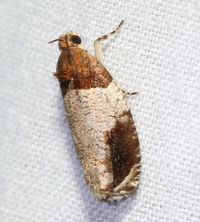
| Recorded by: David George, Stephen Dunn, Jeff Niznik on 2023-07-31
Macon Co.
Comment: | 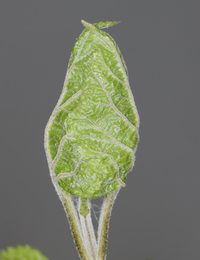
| Recorded by: Jim Petranka and Becky Elkin on 2023-04-29
Mitchell Co.
Comment: |

| Recorded by: tom ward on 2022-07-24
Buncombe Co.
Comment: | 
| Recorded by: tom ward on 2022-07-09
Buncombe Co.
Comment: |
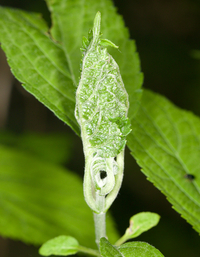
| Recorded by: Jim Petranka on 2022-05-18
Buncombe Co.
Comment: | 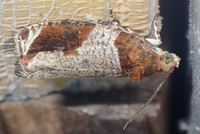
| Recorded by: tom ward on 2021-06-28
Buncombe Co.
Comment: |
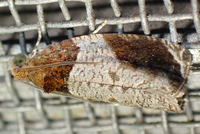
| Recorded by: tom ward on 2021-06-15
Buncombe Co.
Comment: | 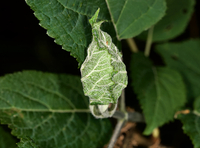
| Recorded by: Jim Petranka and Becky Elkin on 2021-05-27
Henderson Co.
Comment: |

| Recorded by: Jim Petranka and Becky Elkin on 2020-06-02
Haywood Co.
Comment: Bound leaves were common on Hydrangea arborescens; larvae and frass were observed on two unfolded groups of leaves. | 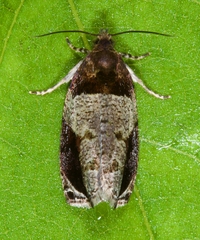
| Recorded by: Jim Petranka and Becky Elkin on 2020-05-24
Madison Co.
Comment: This adult was reared from a larvae collected on Hydrangia arborescens on 2020-05-01; the adult emerged on 2020-05-24 (see companion photos of the bound leaves with larvae). |
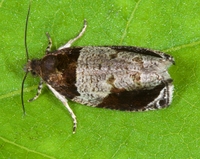
| Recorded by: Jim Petranka and Becky Elkin on 2020-05-24
Madison Co.
Comment: This adult was reared from a larvae collected on Hydrangia arborescens on 2020-05-01; the adult emerged on 2020-05-24 (see companion photos of the bound leaves with larvae). | 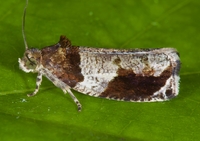
| Recorded by: Jim Petranka and Becky Elkin on 2020-05-24
Madison Co.
Comment: This adult was reared from a larvae collected on Hydrangia arborescens on 2020-05-01; the adult emerged on 2020-05-24 (see companion photos of the bound leaves with larvae). |
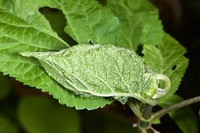
| Recorded by: Jim Petranka and Becky Elkin on 2020-05-16
Buncombe Co.
Comment: Numerous Hydrangea arborescens were observed with the terminal leaves bound together with silk. A single larva was present in each. | 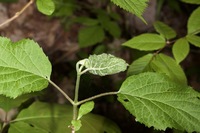
| Recorded by: Jim Petranka and Becky Elkin on 2020-05-16
Buncombe Co.
Comment: Numerous Hydrangea arborescens were observed with the terminal leaves bound together with silk. A single larva was present in each. |

| Recorded by: Jim Petranka and Becky Elkin on 2020-05-01
Madison Co.
Comment: | 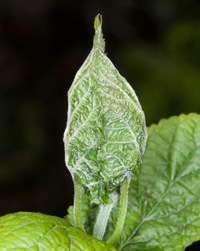
| Recorded by: Jim Petranka and Becky Elkin on 2020-05-01
Madison Co.
Comment: |
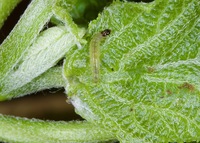
| Recorded by: Jim Petranka and Becky Elkin on 2020-05-01
Madison Co.
Comment: | 
| Recorded by: Jim Petranka and Becky Elkin on 2019-07-20
Madison Co.
Comment: |

| Recorded by: Jim Petranka and Becky Elkin on 2019-07-20
Madison Co.
Comment: | 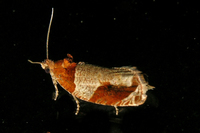
| Recorded by: Owen McConnell on 2019-06-04
Graham Co.
Comment: |

| Recorded by: B. Bockhahn, K. Kittelberger, P. Scharf on 2015-06-18
Avery Co.
Comment: |

 »
»



















